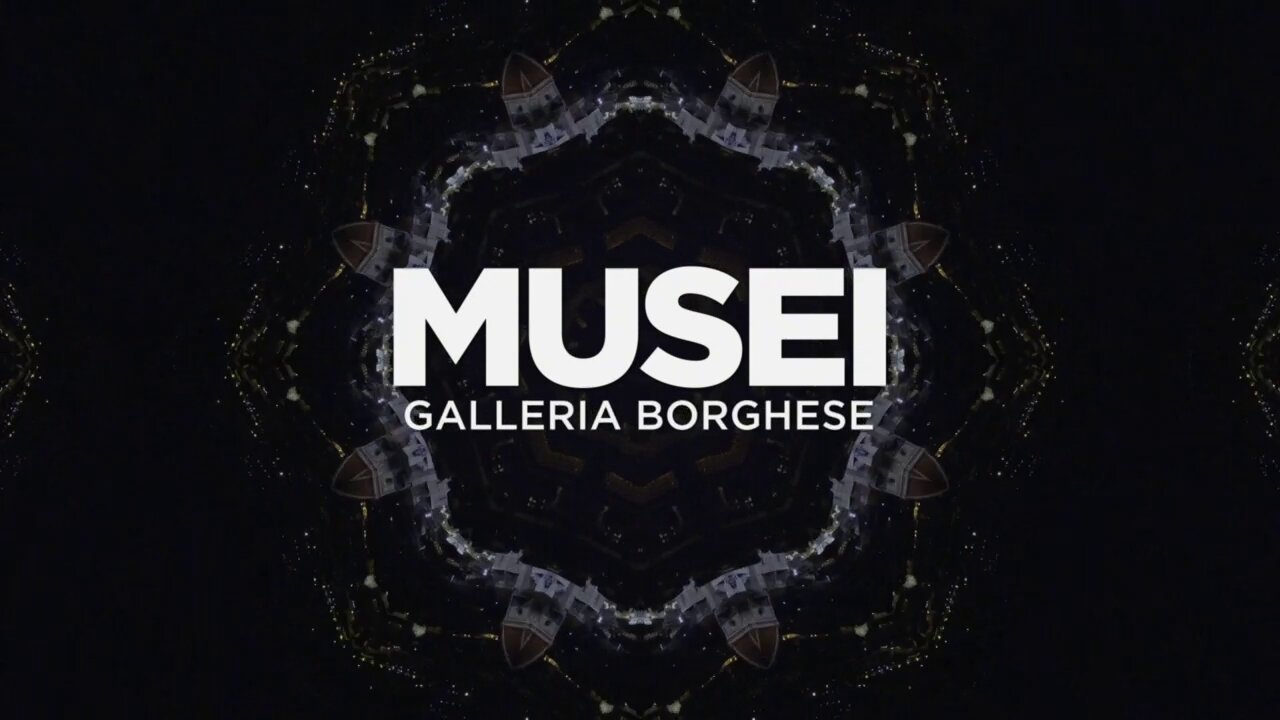Premium Only Content

Musei: Series I | Galleria Borghese/Borghese Gallery (Episode 7)
Episode 7: Galleria Borghese is an art gallery in Rome, Italy, housed in the former Villa Borghese Pinciana. At the outset, the gallery building was integrated with its gardens, but nowadays the Villa Borghese gardens are considered a separate tourist attraction. The Galleria Borghese houses a substantial part of the Borghese Collection of paintings, sculpture and antiquities, begun by Cardinal Scipione Borghese, the nephew of Pope Paul V (reign 1605–1621). The building was constructed by the architect Flaminio Ponzio, developing sketches by Scipione Borghese himself, who used it as a villa suburbana, a country villa at the edge of Rome.
Scipione Borghese was an early patron of Bernini and an avid collector of works by Caravaggio, who is well represented in the collection by his Boy with a Basket of Fruit, St Jerome Writing, Sick Bacchus and others. Additional paintings of note include Titian's Sacred and Profane Love, Raphael's Entombment of Christ and works by Peter Paul Rubens and Federico Barocci.
In 1808, Prince Camillo Borghese, Napoleon's brother-in-law, was forced to sell the Borghese Roman sculptures and antiquities to the Emperor. The result is that the Borghese Gladiator, renowned since the 1620s as the most admired single sculpture in Villa Borghese, must now be appreciated in the Musée du Louvre. The "Borghese Hermaphroditus" is also now in the Louvre.
The Borghese villa was modified and extended down the years, eventually being sold to the Italian government in 1902, along with the entire Borghese estate and surrounding gardens and parkland.
Galleria Borghese includes twenty rooms across two floors. The main floor is mostly devoted to classical antiquities of the 1st–3rd centuries AD (including a famous 320–30 AD mosaic of gladiators found on the Borghese estate at Torrenova, on the Via Casilina outside Rome, in 1834), and classical and neo-classical sculpture such as the Venus Victrix.
The main floor's main large room, called the Salone, has a large trompe-l'œil ceiling fresco in the first room by the Sicilian artist Mariano Rossi makes such good use of foreshortening that it appears almost three-dimensional. The fresco depicts Marcus Furius Camillus relieving the siege of the Capitoline Hill by the Gauls. The grotteschi decorations were painted by Pietro Rotari, and the animal decorations by Venceslaus Peter Boemo. The first room off the Salone, is the Camera di Cerere, with marble vase depicting Oedipus and the Sphinx. The second room has a ceiling frescoed by Francesco Caccianiga with the Fall of Phaeton. The third room houses Bernini's Apollo and Daphne.
Many of the sculptures are displayed in the spaces for which they were intended, including many works by Gian Lorenzo Bernini, which comprise a significant percentage of his output of secular sculpture, starting with early works such as the Goat Amalthea with Infant Jupiter and Faun (1615) and Aeneas, Anchises & Ascanius (1618–19) to his dynamic Rape of Proserpine (1621–22), Apollo and Daphne (1622–25) and David (1623) which are considered seminal works of baroque sculpture. Also in Villa Borghese gardens or nearby are the Galleria Nazionale d'Arte Moderna, which specialises in 19th- and 20th-century Italian art, and Museo Nazionale Etrusco, a collection of pre-Roman objects, mostly Etruscan, excavated around Rome.
-
 45:45
45:45
Adaneth - Arts & Literature
2 months agoBeethoven: Symphony No.3 'Eroica' | John Eliot Gardiner & Orchestre Revolutionnaire et Romantique
64 -
 LIVE
LIVE
JuicyJohns
1 hour ago $0.29 earned🟢#1 REBIRTH PLAYER 10.2+ KD🟢
89 watching -
 19:37
19:37
BlaireWhite
1 day agoWe Need To Talk About The Trans Shooter, "Robin" Westman.
4.72K10 -
 12:22
12:22
Chad Prather
14 hours agoFinding God’s Timing in a World of Pressure
12.6K4 -
 LIVE
LIVE
The Pete Santilli Show
3 hours agoMORNING STREAM Tuesday September 9, 2025 💣 THE PETE SANTILLI SHOW & SANTILLI REPORT (Monday 9/8)
510 watching -
 LIVE
LIVE
The Chris Salcedo Show
12 hours ago $1.90 earnedWhat Does The Data & Science Say?
432 watching -
 20:14
20:14
Jasmin Laine
18 hours agoSHOCKING SLIP-UP: Liberals Accidentally CONFIRM Oil & Gas PHASE-OUT
41.4K25 -
 38:14
38:14
The Official Corbett Report Rumble Channel
1 day agoWar Is A Crime
19.1K23 -
 2:02:17
2:02:17
BEK TV
1 day agoTrent Loos in the Morning - 9/09/2025
16.5K -
 LIVE
LIVE
The Bubba Army
23 hours agoMore Epstein Files Dropped! - Bubba the Love Sponge® Show | 9/09/25
1,506 watching